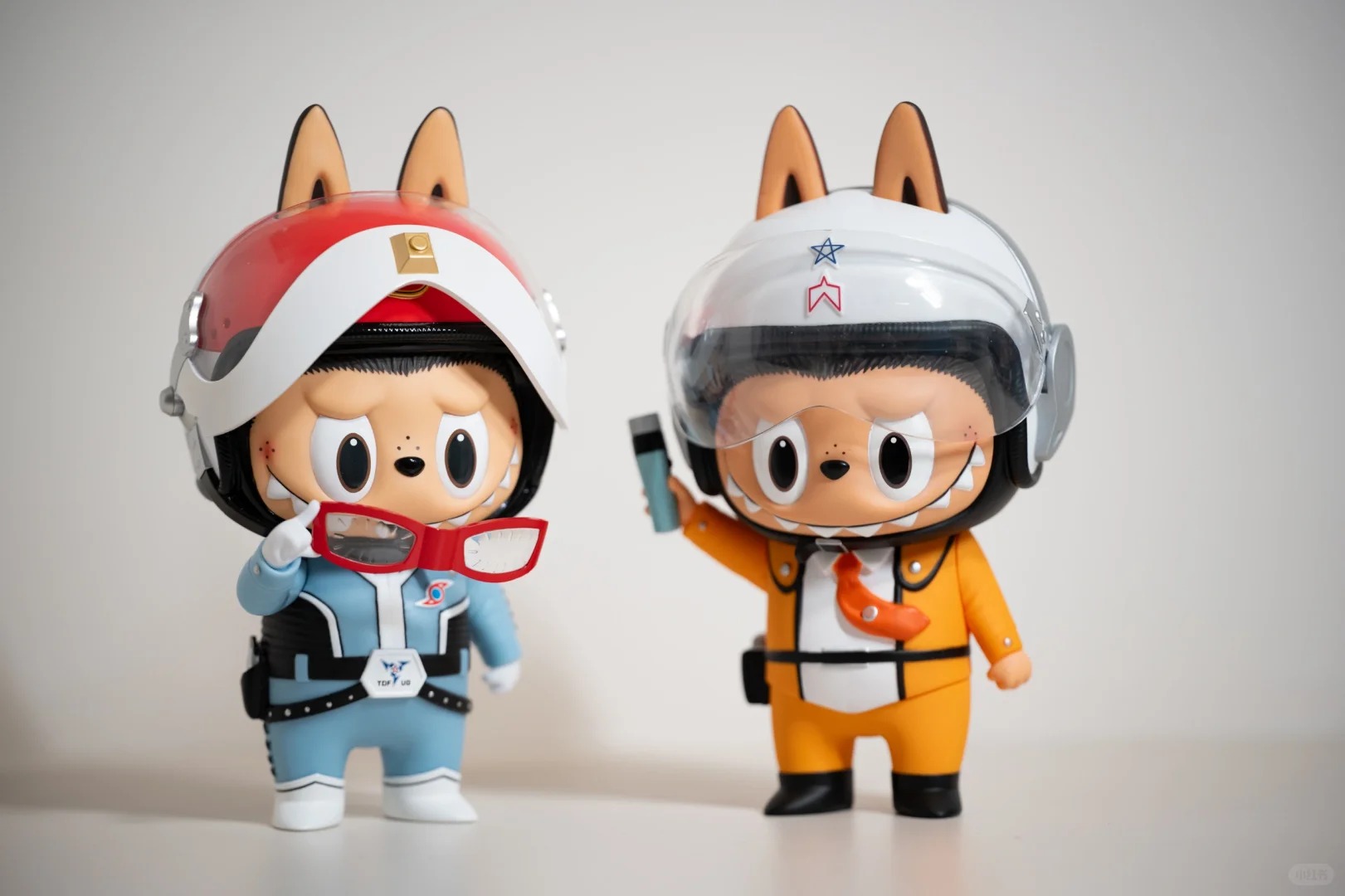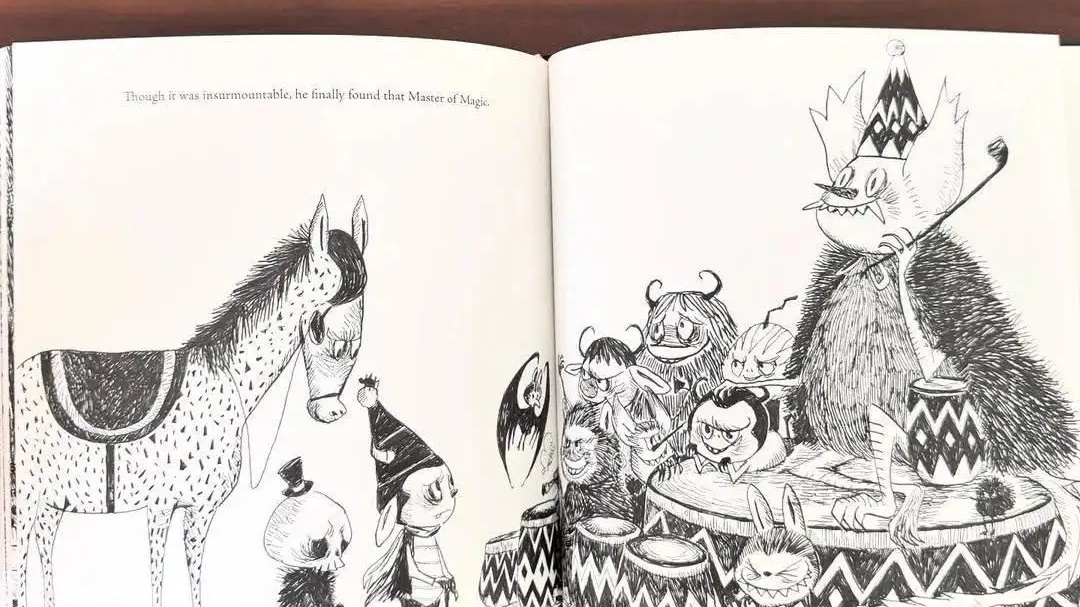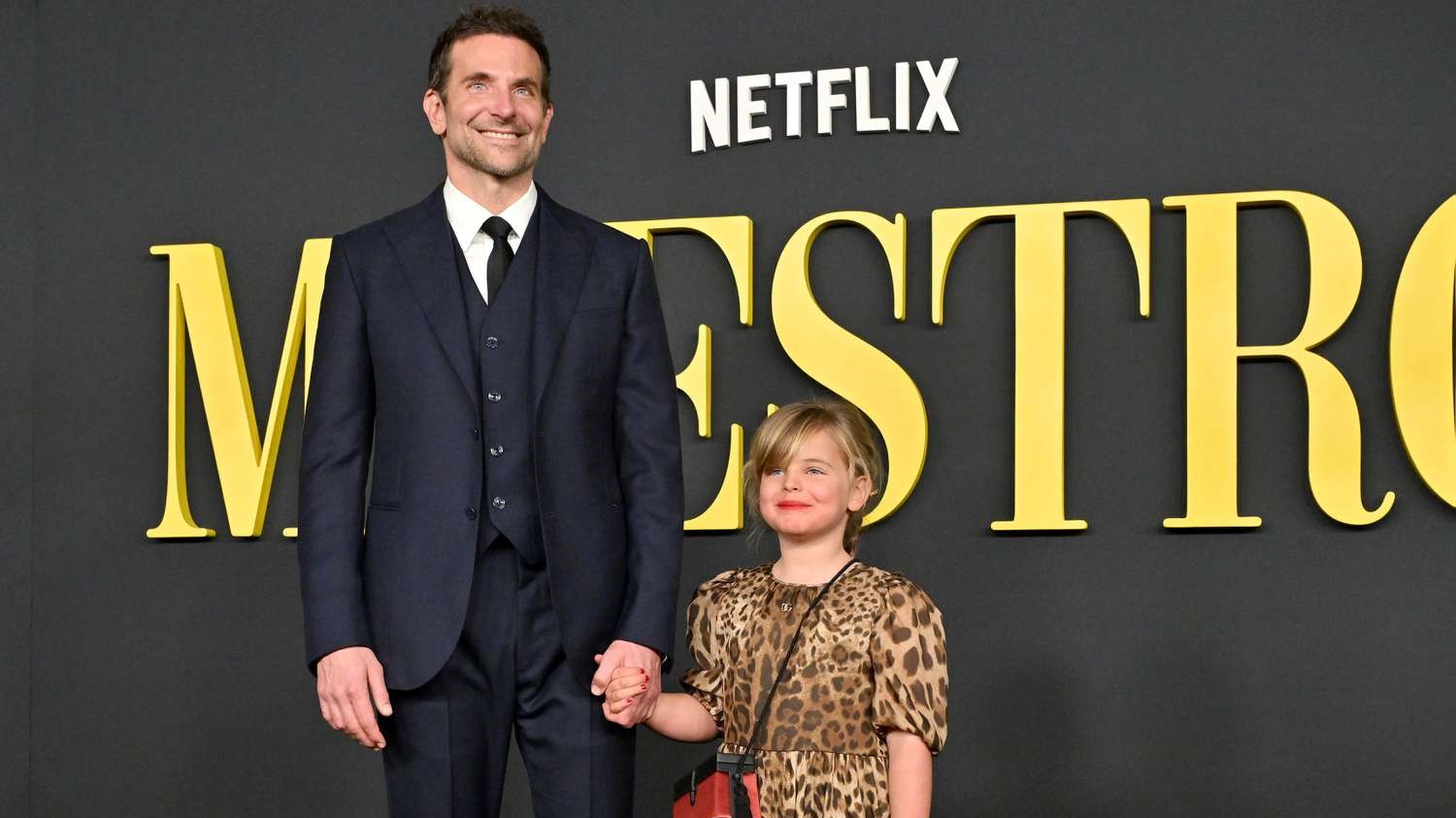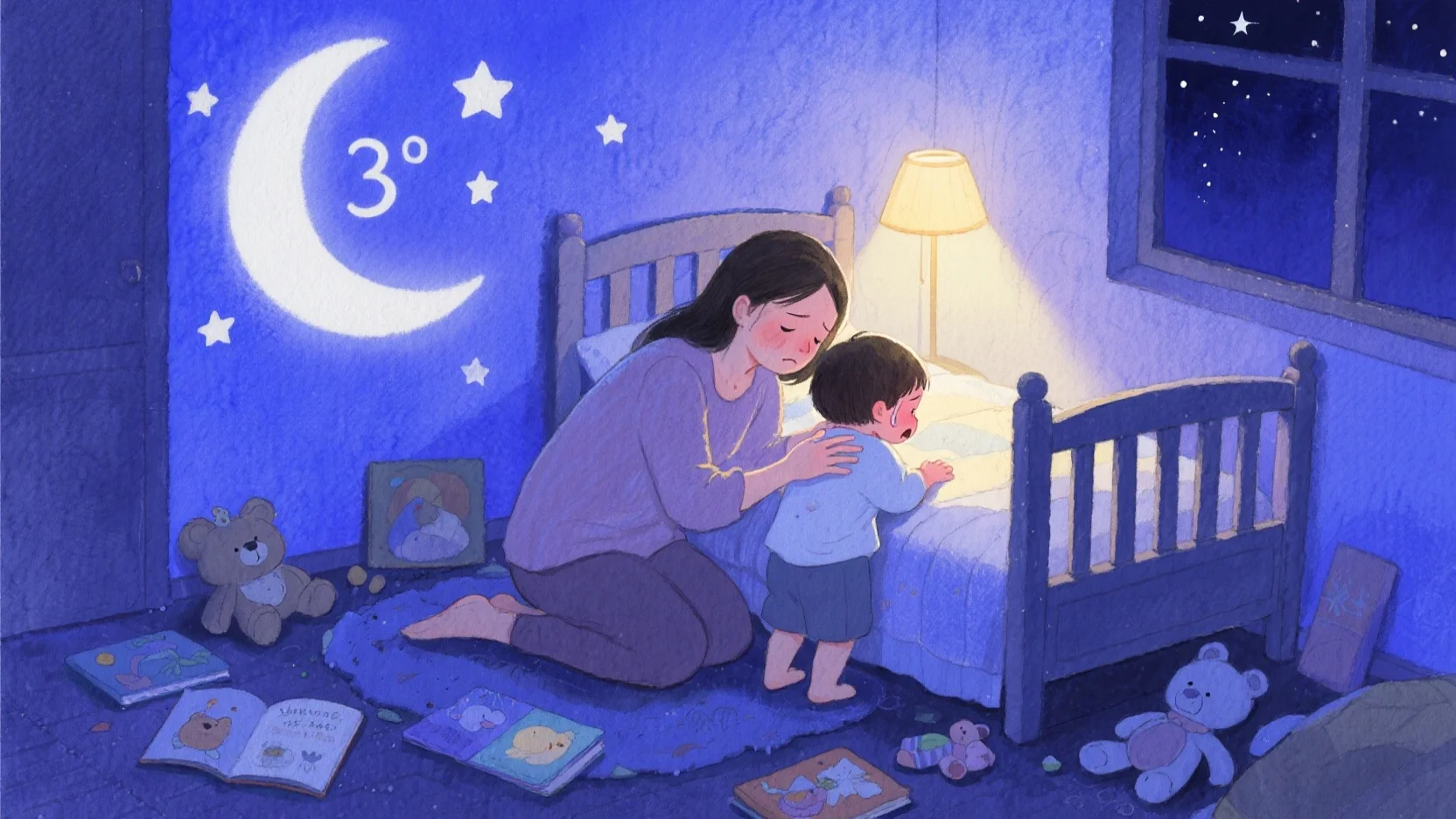When Big Teeth and Mischief Become Comforting
Labubu’s design—gleaming eyes, jagged teeth, and playful menace—defies traditional “cuteness.” Yet kids adore this darkly whimsical character. Psychologists suggest such “monster-cute” hybrids actually help children explore complex emotions safely. Here’s why letting your child engage with Labubu’s edgy charm might be emotionally beneficial.
More: What Is the Age Limit for Labubu?
Why Kids Are Drawn to “Scary-Cute”
1. Power Over Fear
- Labubu’s exaggerated “scary” features (sharp teeth, mischievous grin) let kids play with fear in a controlled way
- “He looks fierce… but he’s tiny and silly!” → Reframes intimidation as harmless
2. Emotional Permission Slip
- Unlike aggressively “happy” characters, Labubu’s moody expressions validate:
- Anger (bared teeth)
- Mischief (sly smiles)
- Sadness (droopy eyes in some versions)
- “It’s okay to not always be cheerful”
3. Safe Rebellion
- Labubu’s rule-breaking persona (stealing strawberries, causing chaos in stories) lets kids fantasize about defiance without real consequences

More: From Plushies to Pop Mart: Teaching Kids the Value of Collectibles Through Labubu
How Parents Can Use Labubu for Emotional Growth
”Name That Feeling” Game
- Hold up different Labubu figures: “Which one looks excited? Which seems grumpy today?”
- Helps kids identify emotions in themselves/others
Create “Shadow Labubu” Stories
- “What if Labubu felt really angry? What would he do?”
- Guides them to problem-solve big emotions through play
Normalize “Ugly” Feelings
- Point out: “Even cute Labubu has sharp edges—and that’s what makes him interesting!”
- Metaphor for accepting their own complexity

When to Gently Intervene
⚠️ If a child seems overly fixated on “dark” play:
- “You keep making Labubu smash things—is something bothering you?”
- Redirect to constructive outlets (drawing the emotion, role-playing solutions)
⚠️ For very sensitive kids:
- Opt for softer Labubu variants (flower crowns, pastel colors) before introducing edgier designs
Why This Matters
Modern kids face big, messy emotions—from pandemic anxiety to social media pressure. Characters like Labubu give them a playful vocabulary for those feelings, proving that even the “scary” parts of themselves can be lovable, funny, and worthy of acceptance.
Try Tonight: Ask your child to draw Labubu feeling a ‘difficult’ emotion, then discuss it over hot cocoa. The results might surprise you. ☕👹








